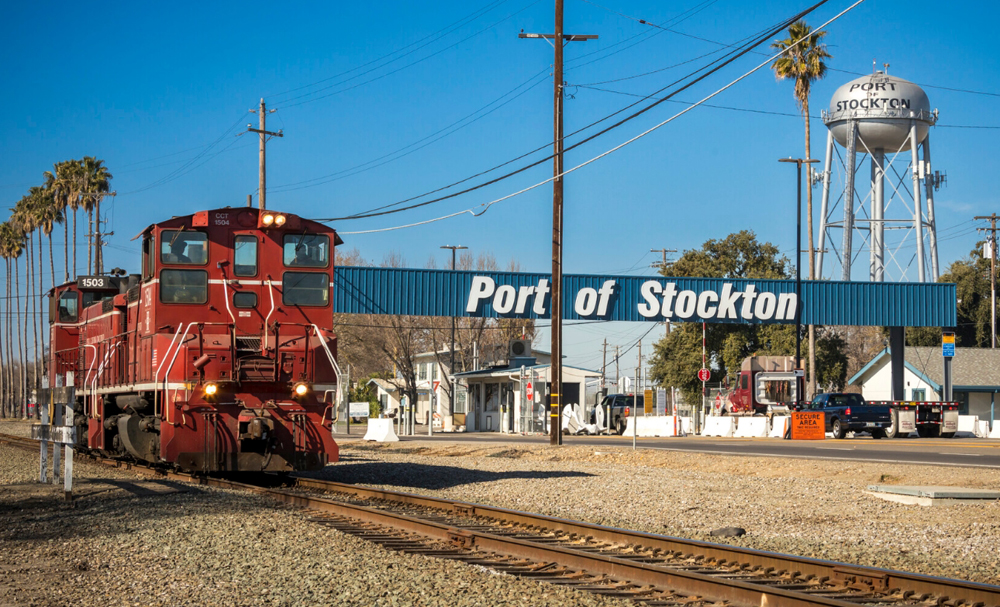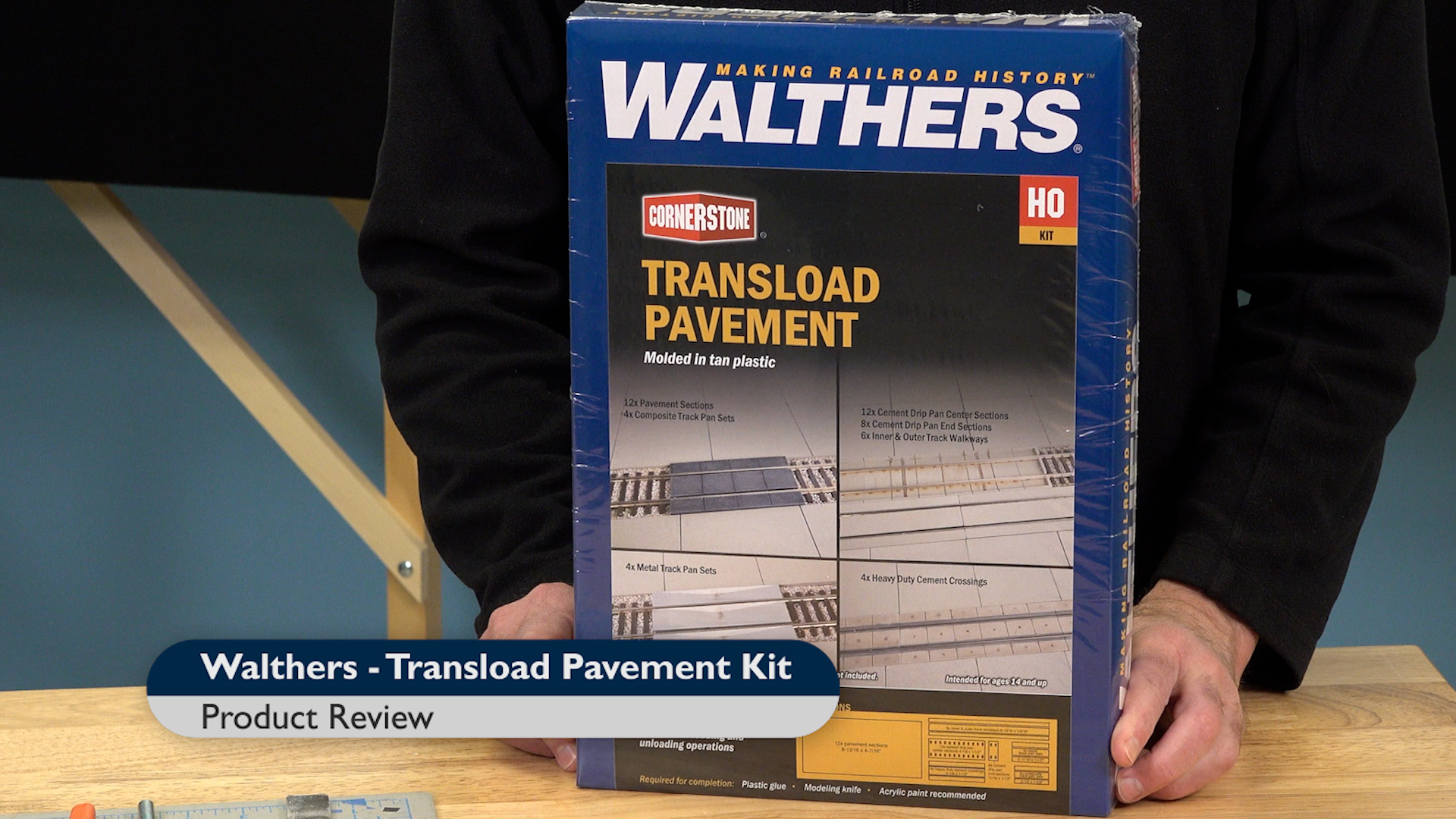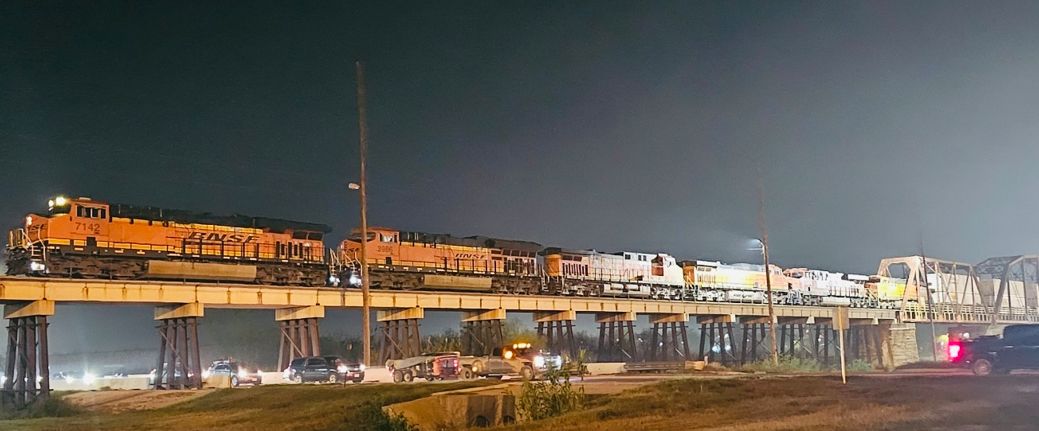The Santa Fe rostered just 16 4-6-4 Hudson locomotives, but don’t let the low number suggest that they didn’t leave their mark in Santa Fe history. The first of the 10 3450-class engines began arriving from Baldwin in 1927. Though roughly the size of a New York Central J-class Hudson, the 74-inch-drivered engine was considered by many to be largely a souped-up Pacific. In 1936, the railroad accomplished its first upgrade of these engines, adding 79-inch drivers and increasing steam pressure and heating surface to improve engine performance.
Originally based in Kansas City, the 3450-class engines handled some of the hottest Santa Fe trains to Colorado and New Mexico. In later years they could be found operating in California, and one example is preserved in Pomona.
The remaining six Hudsons on the roster (including the famous Blue Goose Hudson) were of the 3460-class and were substantially different.
To ensure Santa Fe fans can find the version of their choice, there are three variations of the 3450-class engines available from Pecos River: the “as delivered” 1927 version with cab no. 3450 and a 15,000-pound coal tender (convertible to oil), the “modern” 1942 rebuild version with cab no. 3451 and a 20,000-gallon oil tender, and the “final rebuild” version from 1948 with cab no. 3458 and a 20,000-gallon oil tender.
No doubt about it, this is an exceptionally attractive locomotive.
The pilot and nose of the locomotive are first rate. The pilot has 17 cross braces for the cow-catcher and the simulated knuckle coupler looks terrific. The headlight is large and very bright and the brass bell, positioned just ahead of the smoke stack and number boards, gives the locomotive an extra bit of style. Of course, the fact that this bell has its own lanyard running back to the cab might have something to do with it!
The side rods and locomotive finished materials (LFM) drivers are great, and the access ladders behind the steam chest duplicate the prototype. The catwalks along the sides of the boiler have a nice texture to them and the various whistles, generators, and compressors that dot the body are as nice as one could hope. The jumbo sand dome looks great as well.
The cab is remarkably detailed and you’ll find two crewmen inside and a throttle that really stands out – because it is painted red. The cab also features a detailed firebox door and sun shades over each window.
Just as the engine is finely detailed, so too is the oil tender, with four water hatches, two oil hatches, a marker light storage box, suitable handrails and a ladder on the rear.
The tender is equipped with two great-looking three-axle trucks. It also has a terrific sprung diaphragm bumper on the rear and a backup light.
The Hudson’s paint is skillfully applied and the silver name, number, and nomenclature lettering is clear and crisp.
Measuring from the pilot to the over-large tender knuckle coupler the engine is 99-scale-feet (243/4 inches) long and 16-scale-feet (four inches) tall, compared to a prototype length of 91 feet, 10 inches and height of 15 feet, 9 inches.
We tested versions with sound (no. 4011S) and without sound (no. 4011H). You should note that there is no smoke unit, nor is there a whistle in the no-sound unit.
As always, sound systems are a matter of personal taste. It is hard to put into precise terms, but the sound system left something to be desired. This actually led to a discussion around the office that lasted for several days.
Since big steam has been dead for 40 years and large excursion engines are few and far between, we asked ourselves if we were being critical because the Hudson didn’t sound like a steamer or rather because it didn’t sound like what we believe a toy train steam engine should sound like.
In the end, after consulting with staff members of Model Railroader and Trains Magazine, we concluded that the Pecos River sound system was probably more prototypical than not, but by toy train standards, it wasn’t especially robust, nor did it have the additional features that Railsounds or ProtoSound systems offer. This should not stop you from checking out the unit, just something to be aware of if you opt for the sound-equipped version. Pecos River Brass owner John Smith advises that he is considering other sound systems for possible use in future releases.
The engine delivered good performance in all speed ranges. There was no delay in acceleration or deceleration and the Pittman motor delivered ultra-quiet service.
Our performance averages were 29.2 scale mph on the low end and 107.3 mph on the high end. The 8-pound engine’s drawbar pull was very satisfying at 2.6 pounds. This equals approximately 150 modern, free-rolling pieces of rolling stock on straight and level track.
As a reminder that brass locomotives in general tend to be more delicate than many die-cast metal locomotives, we did have a spot of trouble with the two engines that we tested. It isn’t uncommon for various screws on brass engines to work loose on during shipment. During testing, fasteners on both our test models came loose, disconnecting the gears and motor. In one case there was no movement and in the other the locomotive slowly lurched along.
There was no owner’s manual included with this locomotive, which lead to a bit of confusion when trying to troubleshoot the problem.
Pecos River Brass owner John Smith advises that many two-railers normally give locomotives a thorough check and tighten all screws before running their engines. Since three-railers tend to be a run-it-out-of-the-box kind of audience, an instruction sheet detailing the care and feeding of the Hudson would be a good addition to future shipments of the engine.
Here is a case where a little preventive maintenance, spending a few minutes giving the engine a good once-over, will pay a dividend. The problems were correctable and running these smart-looking Hudsons was a lot of fun.
Santa Fe fans and enthusiasts of beautifully crafted brass locomotives should tip their hat to John Smith and Pecos River Brass for bringing a top quality locomotive design to the three-rail community.














